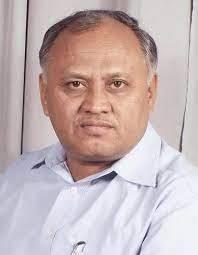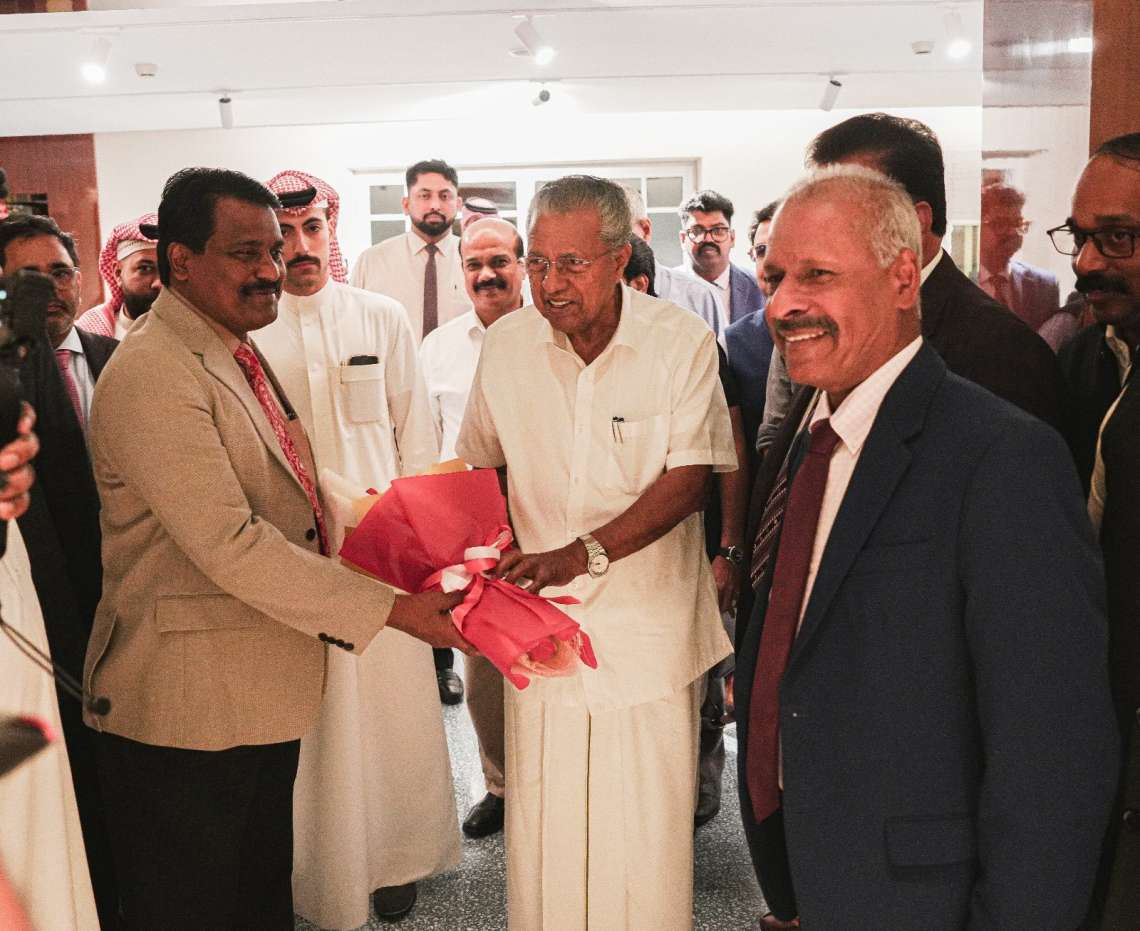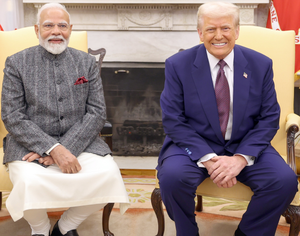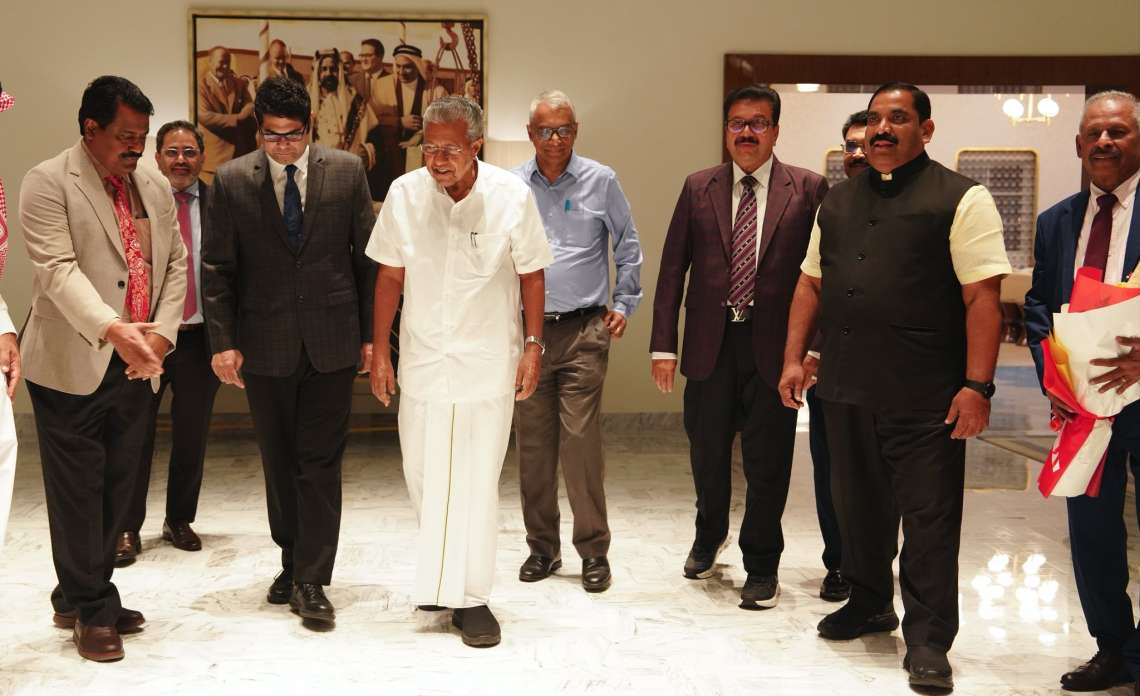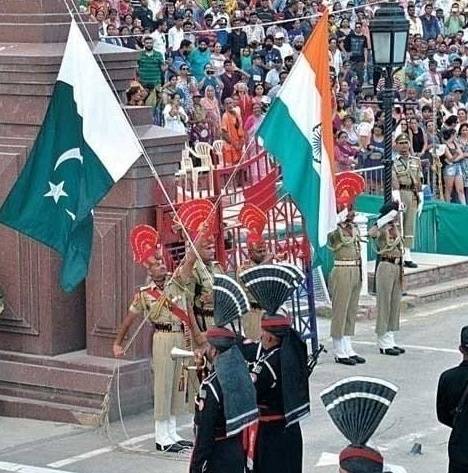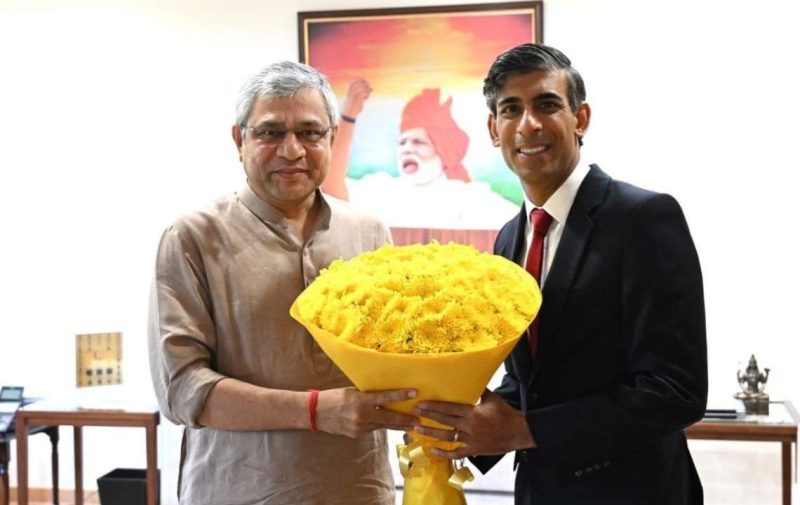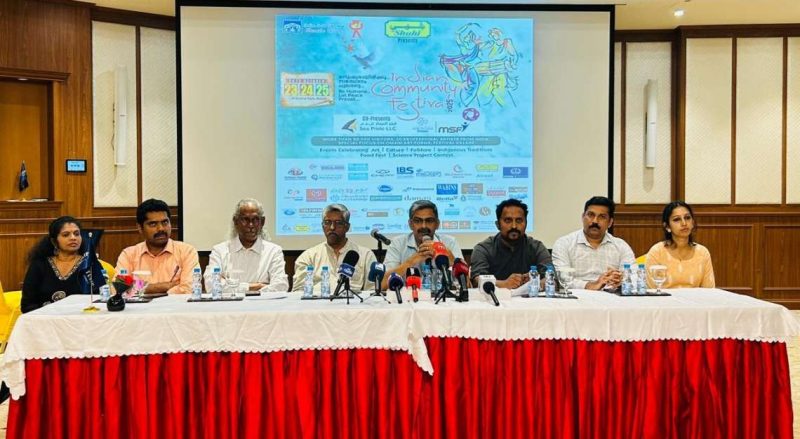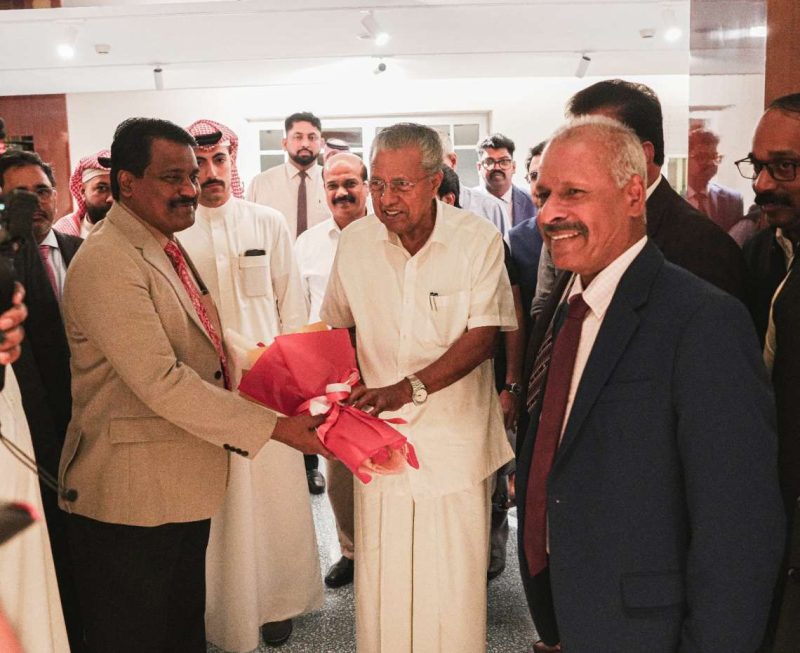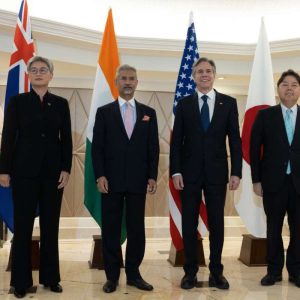It is also exhibiting work during the Indian emergency days from 1975 to 1977. The exhibition started from April 28 and would continue till September 3….reports Asian Lite News
It is rare that a Hindi journalist from the Hindi heartland makes his mark in the UK.
Ram Dutt Tripathi, former senior journalist with BBC and based in Lucknow, has done just that.
His work is being prominently displayed at a four-month long exhibition, currently underway at the SOAS, University of London titled, ‘Crafting Subversion: DIY and Decolonial Print’ at its Brunei Gallery.
It is also exhibiting work during the Indian emergency days from 1975 to 1977. The exhibition started from April 28 and would continue till September 3.
Exhibition curator Dr Pragya Dhital, whose interest in print history and experimental literature stems from her research on censorship in India during the colonial period and the internal Emergency imposed by then Prime Minister Indira Gandhi, explained the theme and title of the exhibition.
“DIY is a common acronym that means ‘do it yourself’. These journalists worked without the assistance of a commercial entity. They worked without commercial support and were not financially dependent on anyone else,” said Dhital, a British Academy postdoctoral research fellow at London’s Queen Mary University.
“This exhibition also includes a section on how journalists and activists published underground/ cyclostyled news bulletins to connect with their colleagues and masses during the emergency and communicated among prisoners,” Dhital said.
Ram Dutt Tripathi, at 22, was the managing editor of a fortnightly Nagar Swarajya published from Allahabad which is now being digitised by the University of Goettingen’s ‘Long Emergency’ project.
He showed how simple duplication technology could be used to produce news, focusing on the ‘Gestetner’ stencil duplicator.
This collection also contains legal documents from his arrest, trial, and imprisonment.
Tripathi said, “I am glad that my work has been displayed in London, a city known for its democratic and free-expression values. Even today, many countries tend to use more indirect and sophisticated tools to restrict freedom of expression. It was unfortunate what happened to a journalist covering the Hapur incident. People should be aware of how they attempt to communicate during a difficult time, as I did in 1975. In India, we never know if we will have to deal with it in the near future.”
The exhibition includes items from the Asia Art Archive, the Bruce Castle Museum’s Gestetner archives and pamphlets from the British library’s collection of publications proscribed in colonial India.z


